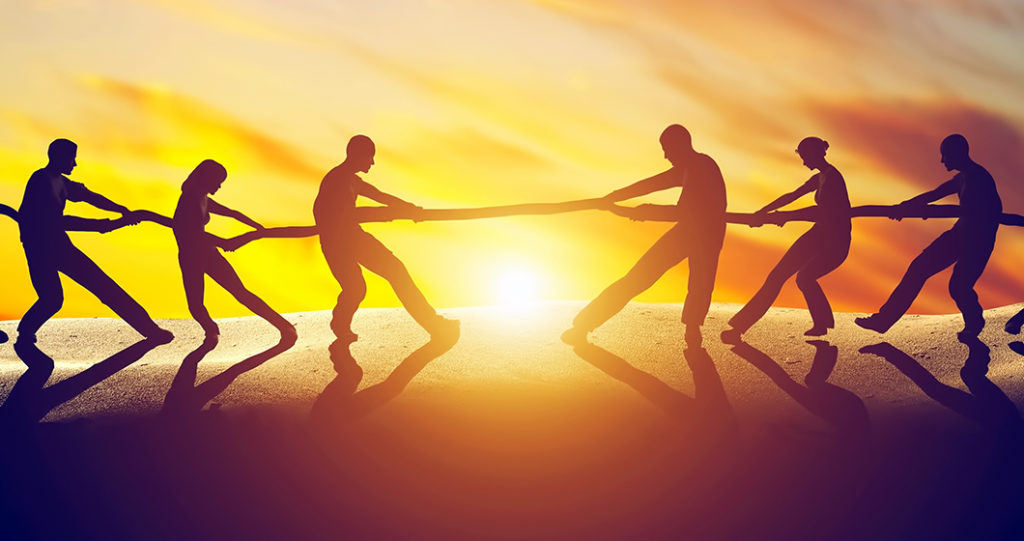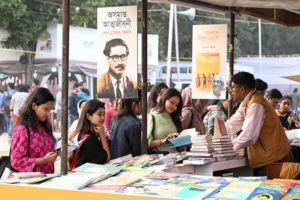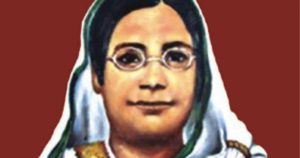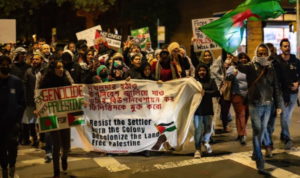Growing Up Brown In America: A Tug-Of-War Between Whiteness And Blackness

It’s no secret that as desis, we spend our entire lives trying to find where we “fit” in, in America. Our lives are spent synthesizing our dual identities as both Bangladeshis and Americans. I’d like to zoom in on the American half of the pie, and where we stand in the midst of the two most prominent cultural forces in America: “whiteness” and “blackness.”
I’d like to preface by acknowledging that attributing certain qualities and behaviors to “white” people or “black” people is incredibly problematic and I am merely speaking in terms of how forces, both internal and external to our communities, have impacted us.
With confidence, I say that “whiteness” and “blackness” are the two prominent cultural forces in America and I’d argue that with one simple reason: when someone says you act “white” or act “black,” you know exactly what they’re trying to say. Yet, Americans never tell people they act “brown” or act “Asian.” I guess we’re just not that culturally relevant, yet? I digress.
Let’s start with “whiteness.” Growing up, our parents wanted us to strive for “whiteness” in the sense that being educated, professional, speaking properly, being stable, and staying out of trouble. The rampant racism and anti-blackness in the South Asian community resulted in us being told to avoid black neighborhoods, having black friends, and especially having black spouses. The way “white” America demonizes “black” people only reaffirms this. Just take the 19th-century black-and-white American silent movies portraying “black” men as evil, for example.
Unfortunately, this has led to our South Asian culture quite literally striving for “whiteness.” We’ve all seen colorism in South Asian culture. We grew up avoiding being in the sun too long because we didn’t want our elders to question why we’re getting so dark and/or we were taught to believe that dark skin was ugly. It blows my mind how western beauty standards have penetrated South Asian culture so profoundly, even decades after British imperialism of the subcontinent ended. Of course, white Eurocentric beauty standards were also shoved down our throats directly by America. We have been so conditioned to idealize white people as the most beautiful and the most civilized. We even sought validation in that.
Little did our elders understand that many “white” people view us effectively the same way as they view “black” people. Every brown person has been called the N-word, prefixed by “sand,” at least once in their lifetime. Side note: Are we not even relevant enough to have our own racial slur we can reclaim? “Terrorist” doesn’t quite roll off the tongue that easily.
On the other side of the coin, the fact that we are dark skinned minorities, causes us to identify with black people on many levels. Given that there are hardly any (thankfully way more now than when I was younger) prominent South Asian figures in western culture to be our role models, many of us grew up taking inspiration from “black” celebrities and “black” culture at large. “Black” culture is where we find people from humble beginnings achieving amazing things in all facets of culture for ex. sports, music and movies.
The side effect is that many “brown” people have taken it to a level of appropriating “black” culture. Our community needs to understand that while we are dark-skinned minorities with valid struggles in this country, it is not equivalent by any means to the African American struggle. Our people came to this country with very little, if not nothing, but we were not brought to this country as slaves. Our people are not the ones being mass incarcerated and victims of police brutality on a large scale.
The South Asian community is in a unique position of being non-”black,” but feel we can say the N-word because we’re “black enough,” especially in New York City. Why not?! After all, some of our “black” peers treated us as if we were one of them. Others made it known that we are not the same. Regardless, we need to do a lot better in terms of constructing our own identities as South Asian Americans.
As we navigate this lifelong tug-of-war between “whiteness” and “blackness,” I think it’s important that we understand the bigger picture: balancing these internal and external forces that impact us and how historical contexts are also key to our own individual journeys of self-definition. In other words, we’ve all felt “too white” or “too black” for the people around us. As we get older and find clarity in the mixed bag of circumstances that comprises our identities, we can fully realize our “brownness” in a way for the next generation to build on.
Image Source:
Zincinsurance.com
Read More
The Legacy of Boi Mela
Every year in February, the month-long national book fair welcomes...
Read MoreMillennial Amma: How to Explain a Global Crisis As a Parent
Rumki Chowdhury shares tips for how to talk to children...
Read MoreBegum Rokeya’s Millennials
A tribute to a pioneering Bengali feminist writer, educator and...
Read More



